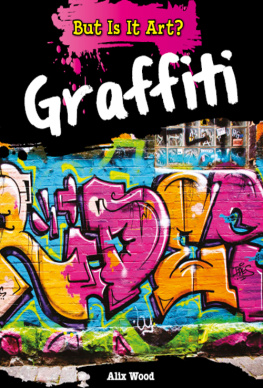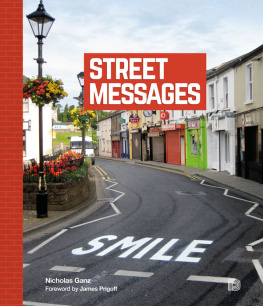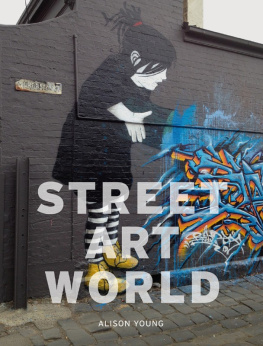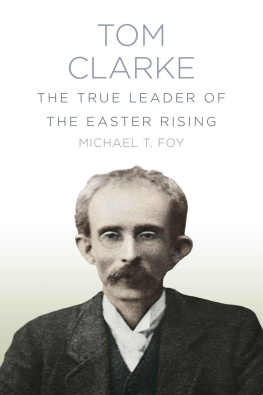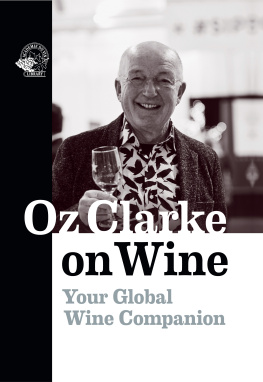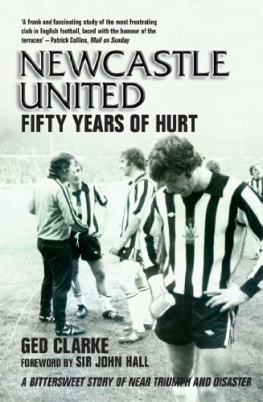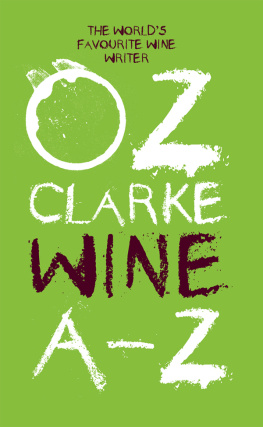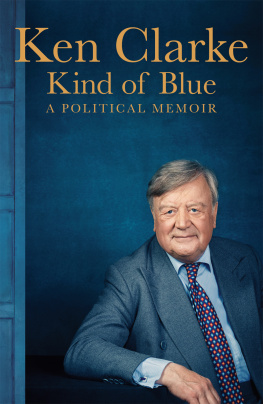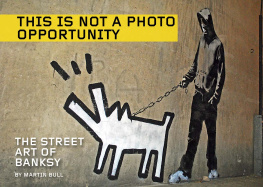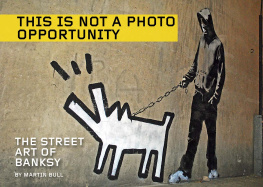

First published in Great Britain in 2012 by
Michael OMara Books Limited
9 Lion Yard
Tremadoc Road
London SW4 7NQ
Copyright Robert Clarke 2012
All rights reserved. You may not copy, store, distribute, transmit, reproduce or otherwise make available this publication (or any part of it) in any form, or by any means (electronic, digital, optical, mechanical, photocopying, recording or otherwise), without the prior written permission of the publisher. Any person who does any unauthorized act in relation to this publication may be liable to criminal prosecution and civil claims for damages.
A CIP catalogue record for this book is available from the British Library.
ISBN: 978-1-84317-865-1 in paperback print format
ISBN: 978-1-84317-893-4 in EPub format
ISBN: 978-1-84317-892-7 in Mobipocket format
1 2 3 4 5 6 7 8 9 10
Designed and typeset by Design 23
Cover design by Ana Bjezancevic
www.mombooks.com
To my family
INTRODUCTION
It seems that a great number of people nowadays are very interested in this character known as Banksy. They have been for some time, of course, but just now, as I write, with his exhibition in Bristol this is reaching a fever pitch. The queues into the Bristol City Museum were hundreds strong, and even little old ladies had the shaky temerity to ask who is Banksy?
There are many people who know him, though, whose tenacity in schtumness and quietude is a testament to friendship and a response in kind to his own nature. And therein lies the rub. Huge sums have been offered for pictures of him and there are many around. Even my mum has pictures of him. But who is he? His SOUL is the major factor I am interested in. What is he like? Why does he do what he does? Why does he not desire fame like everyone else? How often do we actually meet someone who is not scared by other peoples reaction? Who is true, sincere and with their own take on things? Banksys rejection of fame has, in this media-saturated environment, only served to enhance his anti-fame.
Which is one reason why I wanted to write this book. The real questions and answers about him can be revealed without his identity ever being known. He speaks through his art. However, as a friend I can explain something of his make-up, perhaps, that will give depth to his creations and his character he needs this or there is a chance he will be seen as being ephemeral. For me fame is a grotesque vulgarity sought out only by the insecure. It makes you an easy target for the media and who needs to be pursued for the amusement of others? Its soul-destroying. It just isnt worth it. For some people though, like Banksy, this kind of attention is anathema to them.
The other thing one must consider is the illegality of the art form. For years this geezer has been wanted by various authorities for the prescient act of daubing on walls. He is well aware of what the authorities would like to do with him set an example and all that. By prescient I mean that what you see on a wall boldly painted by someone often projects into the future; its powerful and effective and the status quo doesnt like it. They never have and they never will, because they cant control it. But if you can pay through the nose for a billboard, you can say virtually anything you like. And as citizens we all have to swallow the messages of envy and greed from our friendly corporations because they have created laws saying that kind of indoctrination is OK. Its been paid for. And every graffiti artist I have ever known, including myself, understands that. Adverts are as far from the truth as it is possible to get. They represent the utopia that you must pay for as you slope through your trashy end of town without a penny to scratch your arse with. But to go out there in the dead of night when even the dogs are asleep and to put up on a wall a picture of the way you, as a free citizen, see this whole setup is to have the courage of your convictions so the general public can witness how you see it, for free. And we all know graffiti can be exquisitely poignant and beautiful, more than any advertiser can co-opt or come up with. As long as there are advertising billboards there will be graffiti and there is no contest as to which is the more creative and true. So forget having a clean-walled town for the foreseeable future.
For more than a decade now Banksy has put up fresh work all around the globe. And untold numbers of people have seen the world through his lens, at no cost, and had a sense of liberation as a result. The dude does it because it is what he does. End of.
CHAPTER ONE
NEW YORK
In 1994 I found myself back in New York. I had been travelling around the Middle East with my brother after my father had passed on, and had stopped in Bristol for the summer. I had this unquenchable lust to be back in New York and even though I only had a small amount of money left, I got myself on a plane and headed over the Atlantic.
By now I felt I had developed a relationship with the place, having first visited New York in the harsh winter after John Lennon was shot down in 1980. Those were the days when you would see a subway train screeching into a station that had been bombed (covered in graffiti) massively inside and out. They were like living, breathing works of art coming at you non-stop. When the doors sprang open, every square inch was tagged. It was another world and it exhilarated me. I would sit and watch the trains coming over from Brooklyn on the bridges and trip.
I loved the graffiti and back then there were no glossy coffee table books fetishizing the subject. It was just hyper-real. As a kid just out of his teens this was like being in a Kojak thriller all of my own. When I was back again around 1984 most of the trains were clean but you saw Keith Haring and Jean-Michel Basquiat works on the subway walls instead.
By 1994 the city had changed its nature again; it seemed a tamer place but it still retained a raw edge. Since 9/11 New York has become so sanitized it barely resembles its heyday and I, like many others, have fallen out of love with it. But Im glad Im no longer addicted to the place.
To set the scene: in 1994 I came rolling out of JFK and on to the A train heading into Manhattan. I got out at St Marks Place and strolled down 8th Avenue to Tompkins Square Park in the East Village where my mate Max lived. He was only going to let me stay with him a couple of nights so I had to act sharp to get sorted. A place to crash was obviously a priority: the nights were drawing in and the big freeze of winter was on its way.
I struck lucky and hooked up with Maxs ex-girlfriend, Phlipp, an English girl who I knew from London, and she threw some good fortune my way. Within those two days she found me a place to stay a warehouse space over in Williamsburg, Brooklyn. It was just one stop on the grey L train from lower Manhattan, and back then it was only just starting to be populated by artists converting old warehouses and industrial spaces into living quarters. Spaces could be huge and rent minimal, just how artists like it. Now the place is expensive and full of young trendies living the high life. Back then we were sandwiched between Poles, Hispanics and Hassidic Jews, and there was only one or two places to eat. The City changes and money moves the underprivileged out. In 94 it was a decidedly righteous place to live.
My room was basic, with access to an adjacent roof from where you could take in a view of the city. There was a nest of rats down my stairwell but as long as they didnt come into my room they never bothered me. About twelve of us shared a bathroom but it was all good and functional. I was established in living quarters in the Borough of Brooklyn.
Next page

